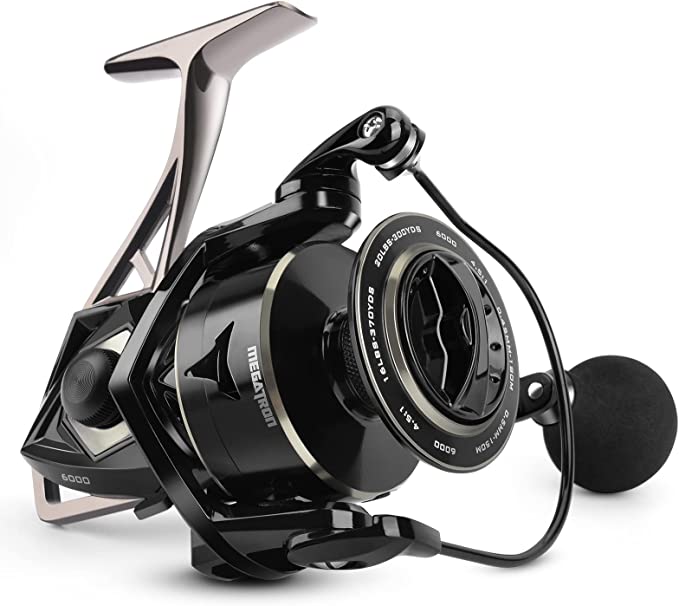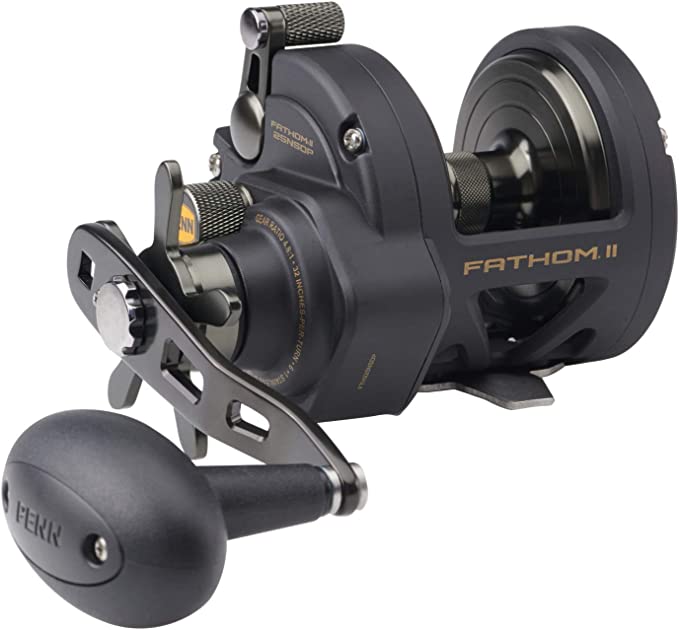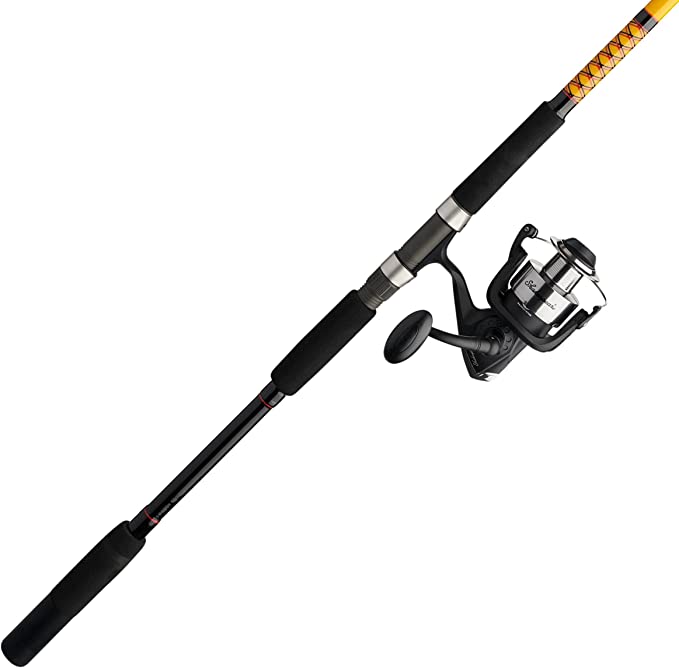MSR Hubba Hubba 2-Person Backpacking Tent
Update on Aug. 6, 2025, 4:17 p.m.
In the world of backcountry travel, a tent is more than just a place to sleep. It’s your mobile home, your fortress against the elements, and a sacred space for rest. For decades, backpackers have chased the perfect balance between shedding weight and maintaining comfort. This pursuit has often led to compromise, but with the MSR Hubba Hubba 2-Person Backpacking Tent, that tension is resolved with brilliant engineering. This isn’t just a shelter; it’s a meticulously crafted system where every ounce, every seam, and every pole has a scientific purpose.
To truly appreciate the Hubba Hubba 2, you have to look beyond the brand and into the science that makes it an icon. It’s a story born from the mountains, from a time when an engineer named Larry Penberthy sought to make climbing safer, a mission that founded Mountain Safety Research (MSR) in 1969. This spirit of innovation and relentless pursuit of reliability is still the DNA of every piece of gear they make.

Material Science: The Art of Lightweight Resilience
The first thing you notice about a great backpacking tent is its weight—or the lack thereof. The Hubba Hubba 2 achieves its impressive trail weight of just 2 lbs 14 oz by making deliberate choices in material science. The tent body and rainfly are constructed from 20D ripstop nylon.
Here, the “20D” isn’t a random number; it refers to the fabric’s denier, a unit measuring the mass density of the fiber. A lower denier means a lighter, finer thread. By using 20D nylon, MSR significantly reduces weight without turning the tent into tissue paper. The magic is in the “ripstop” part—a specialized weaving technique that incorporates thicker, stronger threads at regular intervals, creating a grid. If a small puncture occurs, this grid acts as a microscopic firebreak, stopping the tear from spreading and saving your shelter from a catastrophic failure in the field. This clever combination of fine threads and reinforced weaving is a masterclass in balancing mass and strength.
Beyond the fabric itself, the tent’s weatherproofing is a marvel of chemical engineering. The rainfly and floor are treated with MSR’s DuraShield™ polyurethane and silicone coating. This composite coating creates an impermeable barrier against rain. The official hydrostatic head ratings for this tent are 1200mm for the rainfly and a more robust 1500mm for the floor. This rating represents the height of a water column the fabric can support before moisture seeps through. For a three-season tent, these numbers guarantee that a surprise downpour won’t ruin your trip.

Structural Engineering: Bending Without Breaking
In the face of a high-altitude gale, a tent’s structure is its only line of defense. The Hubba Hubba 2 relies on an ingenious solution to this problem: Easton Syclone Poles. Unlike traditional aluminum poles that can bend or snap under extreme pressure, these poles are crafted from aerospace composite materials. When hit by a strong gust, they have a unique ability to flex and spring back into shape without taking a permanent set or breaking. This flexibility allows the tent to absorb and distribute the kinetic energy of the wind, standing tall when other tents might fail. This is the structural equivalent of a skyscraper swaying in the wind to dissipate force, rather than remaining rigid and fracturing.
Pairing these revolutionary poles with MSR’s unified hub-and-pole system is a stroke of design genius. The entire frame deploys as a single piece, eliminating the frustrating guesswork of matching poles in low light or bad weather. This symmetrical design makes setup a breeze, as echoed by countless backpackers who praise how the tent “goes up really quickly.” This isn’t just about convenience; in a true wilderness scenario, a fast, reliable setup can be a matter of safety.

The Physics of Comfort: Convection and Livability
A tent’s job isn’t just to keep the outside out—it’s to make the inside comfortable. One of the most common challenges in tent camping is condensation, the result of warm, moist air from our breath meeting the cool fabric of the rainfly.
The Hubba Hubba 2 tackles this with smart airflow design, a concept rooted in fluid dynamics. The tent’s inner body is a micromesh canopy that allows air to circulate freely. The rainfly, which sits a small distance above the canopy, features adjustable kickstand vents. This design promotes natural convection, where warm, humid air rises through the mesh and is vented out, while cooler, drier air is drawn in from below. The result is a continuous flow of air that dramatically reduces moisture buildup, ensuring you wake up to a dry interior. This system, which one user described as having “no condensation problems,” is a testament to how intelligent design can defeat a basic physical principle.

Inside, the Hubba Hubba 2 feels far larger than its footprint suggests. The true rectangular floorplan and an impressive 40-inch peak height create a spacious interior that allows two people to sit up without feeling cramped. Two large doors and two generously sized vestibules, with a combined area of 15 square feet, mean you and your partner can get in and out without crawling over each other and have plenty of room to store packs and muddy boots. This focus on livability—on making the tent a genuine home on the trail—is what truly sets the Hubba Hubba 2 apart. It’s the synthesis of cutting-edge technology and a deep understanding of the human experience in the outdoors.







































